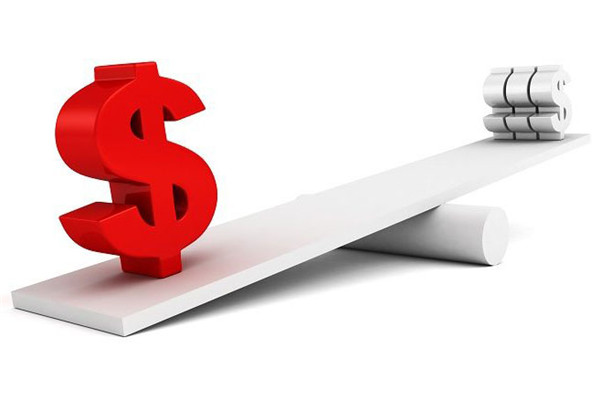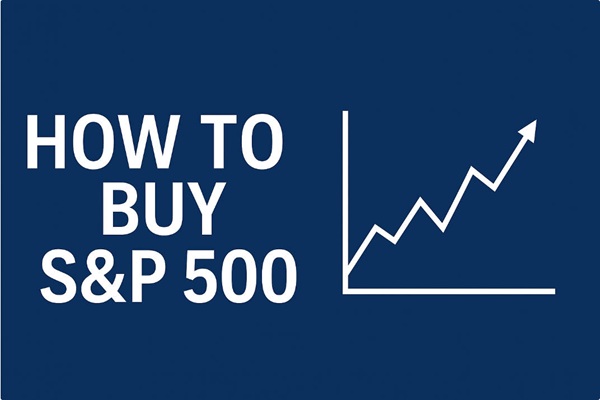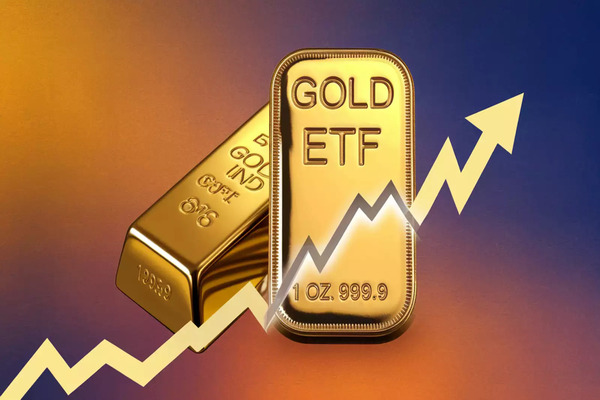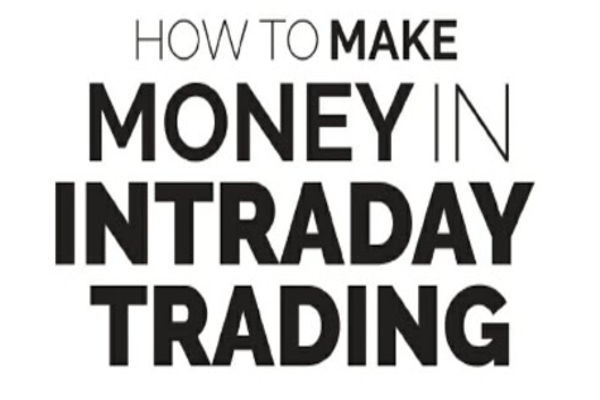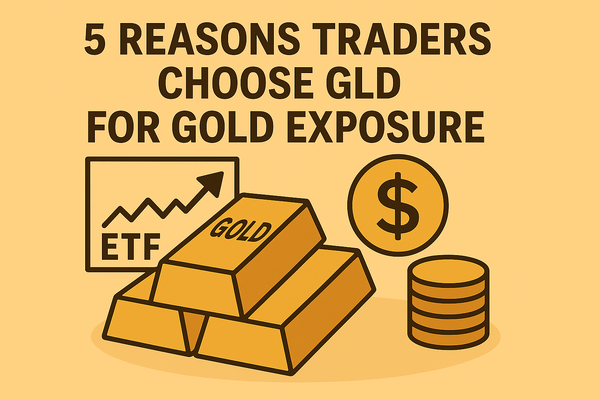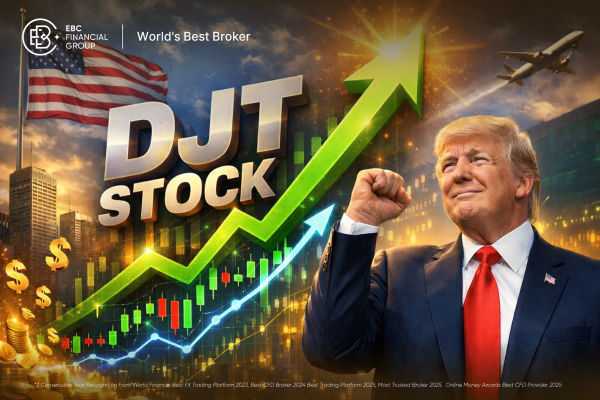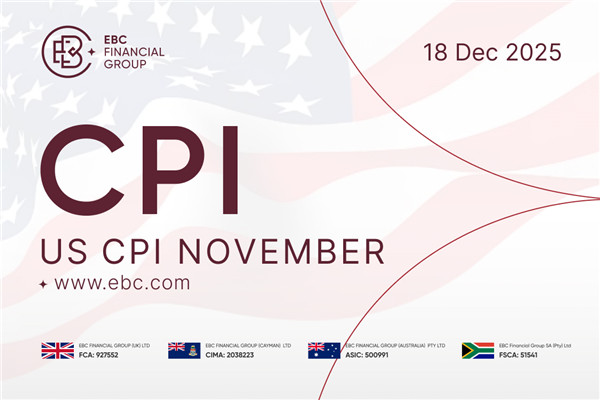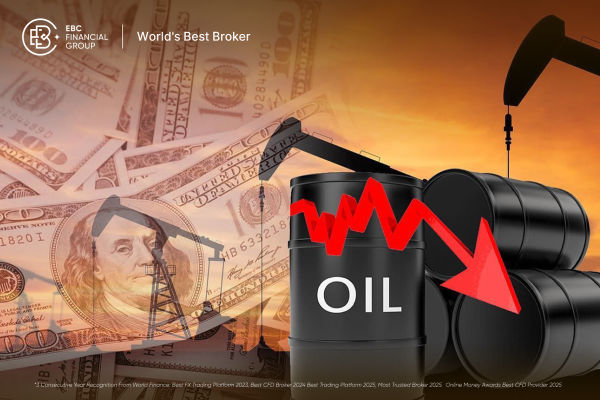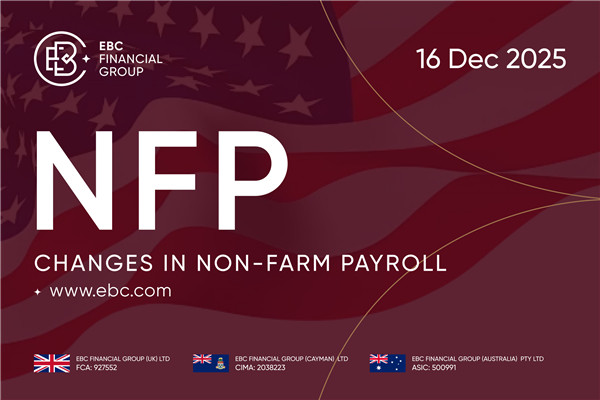How do I Choose the Leverage Ratio?
Forex margin trading (also known as forex leverage
trading) is actually the activity of buying and selling contracts.
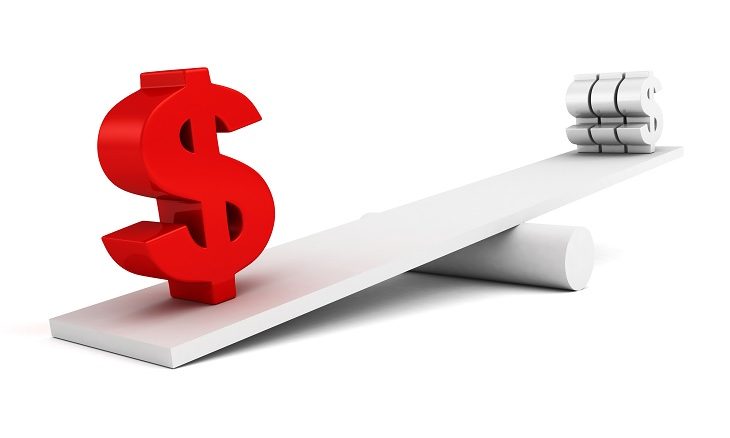
Understanding Forex Point Value and Leverage
Firstly, international forex quotations are in five digits. Taking
the euro as an example, the euro/US dollar ratio of 1.2800 indicates that 1 euro
can be exchanged for 1.2800 US dollars. If the euro rises from 1.2800 to 1.2801
or 1.2799 to 0.0001, this is called a point.
Secondly, internationally, the basic practice is to have a standard contract
worth $100,000 and a fanatical contract worth $100,000. What is the value of
that point? Just sit on it! 100000 US dollars * 0.0001 = 10 US dollars; 10000 US
dollars * 0.0001 = 1 US dollar. So, whether using 1:100 leverage or 1:400
leverage, one point on a standard contract is $10, and one point on a fan
contract is $1.
Thirdly, such a 100000/100x = 1000 US dollars or 100000/400x = 250 US
dollars, which means making a standard contract. If it is 1:100 leverage, you
need to use the money in your $1000 account. If it is 1:400 leverage, you need
to use the money in your $250 account. How much other money is available in your
account? How much risk can one bear?
Taking an account fund of $6000 as an example, purchasing 1 euro or US dollar
at a decrease in price (1 dollar per point):
1: 100 times leverage: With a capital of $1000 and activity in the $5000
account, it can withstand a risk of 500 points. When the market price rises and
a loss of 500 points occurs, a margin call will occur, and the system will force
you to close your position. (General risks)
1: 400 times leverage: occupying $250 of funds with $5750 active in the
account, it can withstand the risk of 575 points. When the market price
fluctuates upwards and loses 575 points, a margin call will occur, and the
system will force you to close the position. (Less leverage risk compared to
1:100)
In this sense, we can conclude that with the same amount of funds in the
account and the same number of hands (1 contract is called 1 hand), the higher
the leverage ratio, the lower the risk of a margin call! It should also be noted
that if the leverage level is high and the margin occupied for each order is
small, it is possible to control the excess situation, which will increase the
risk.
In general, if the leverage ratio is not set appropriately, it will carry
relatively large risks. Generally speaking, the larger the ratio, the greater
the risk and the greater the profit. However, most current forex
trading companies have not explained the leverage ratio to traders and
automatically set a higher ratio for them. For traders who are just starting
to deal with forex, I suggest not setting the leverage ratio too
high. You can set it smaller, with fewer losses and profits. However, you can
learn how to invest in forex. Generally, traders who are new to
forex investments cannot avoid losing money. Therefore, when starting
to invest in forex, do not blindly pursue high profits. Learn from
experience first; experience is very important.
